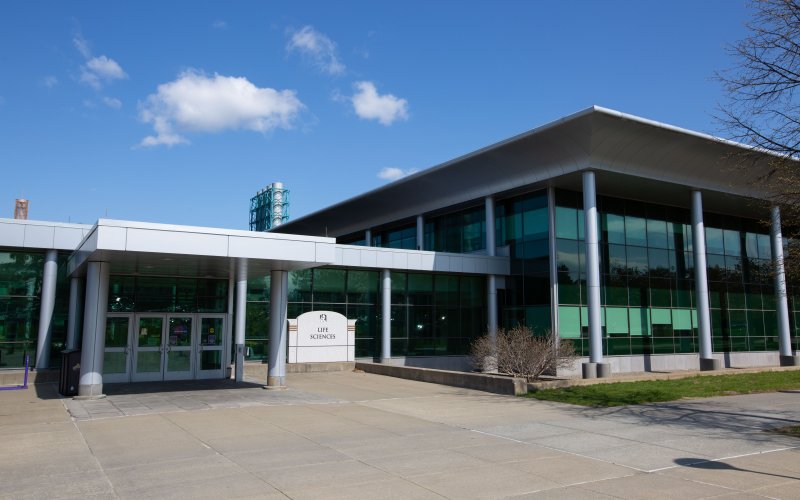UAlbany Boosts Capital Region STEM Degree Awards Amid Pandemic

ALBANY, N.Y. (Sept. 2, 2021) – Despite unprecedented challenges brought on by the pandemic, the Capital Region’s STEM talent pipeline increased over the last year – thanks in large part to the University at Albany.
In 2020, the Capital Region’s eight traditional colleges and universities saw an 8.3 percent increase in science, technology, engineering and mathematics (STEM) degrees from the previous year, according to a recent Center for Economic Growth (CEG) report. This was boosted by sizable gains in biological and biomedical sciences degree awards at UAlbany’s College of Arts and Sciences and School of Public Health.
A total of 14,748 degrees were awarded at all Capital Region colleges and universities in 2020, up 0.4 percent from the previous year, according to the report.
Aside from STEM fields, UAlbany also experienced a 46.1 percent (+59) increase in degrees awarded in the health professions and related programs.
“As a major public research institution, and one of the region’s largest employers, it is critically important that we create a pipeline of students who can help meet industry demands and spark economic development,” said UAlbany President Havidán Rodríguez. “This year, we are welcoming more than 3,000 first-year students — the largest and most diverse class in University history. These students represent the next generation of leaders who can enhance the Capital Region’s reputation and impact around the globe.”
The Capital Region’s growth in STEM degrees comes at a time where it is focused on becoming a hub for life sciences research and innovation. Last month, the Capital Region Economic Development Council included life sciences among its industry clusters that will help grow the region’s post-COVID economy.
A previous CEG report released last year also listed UAlbany as the leader among local colleges and universities in expanding the Capital Region’s academic research and development footprint, which spanned 1.5 million square feet in 2019.




